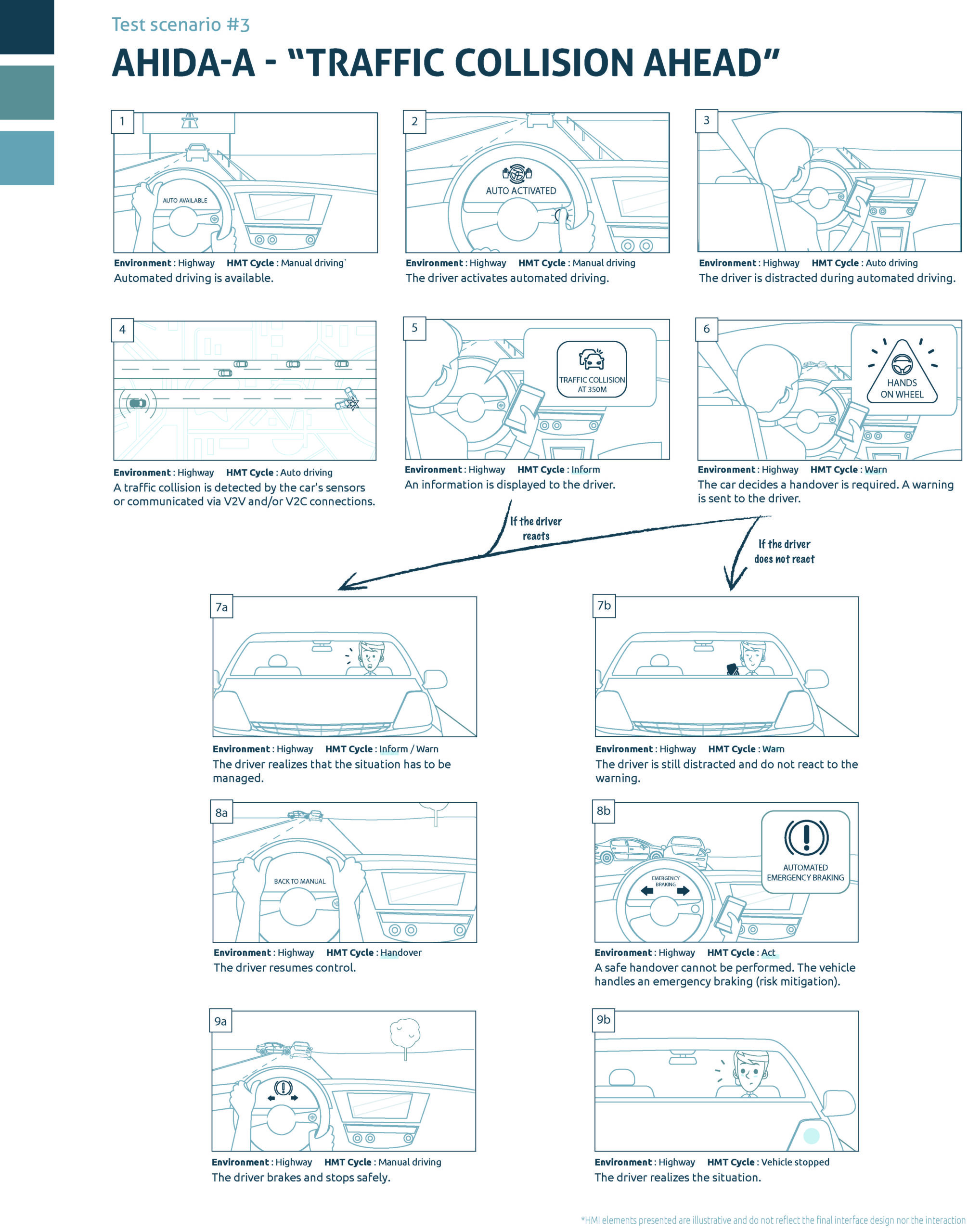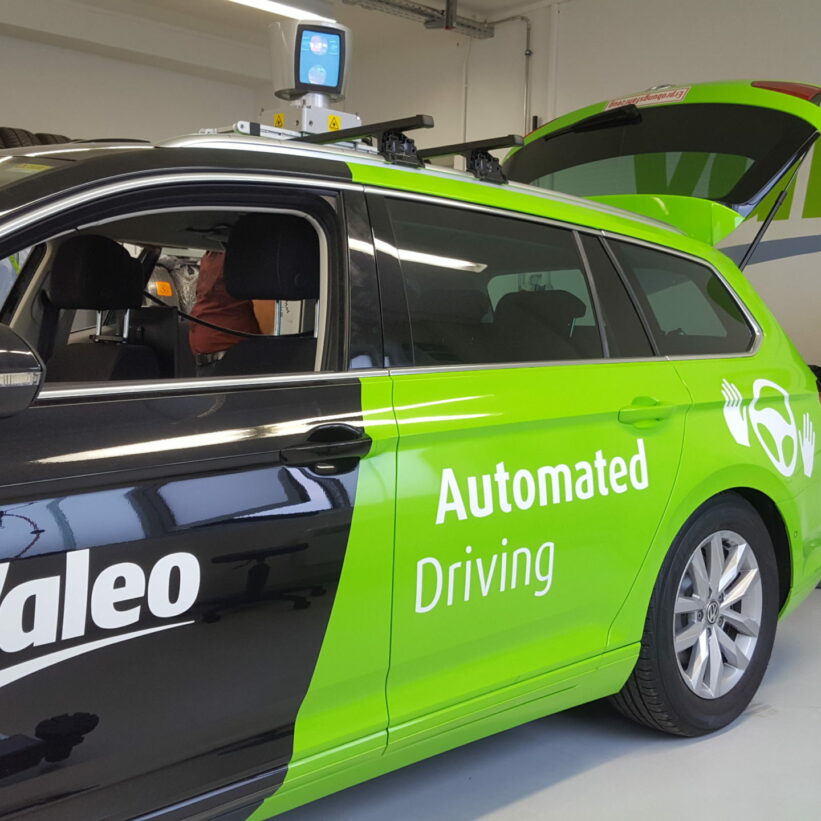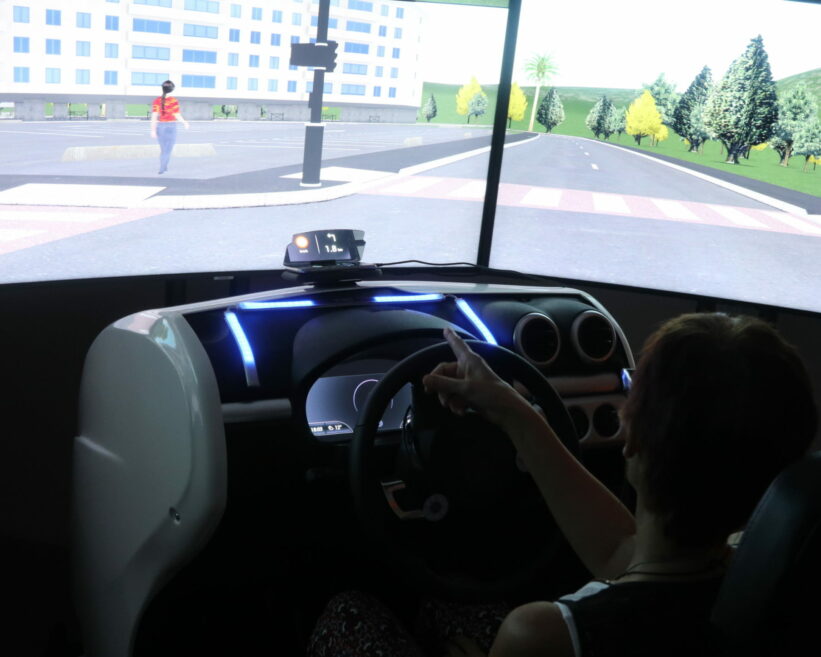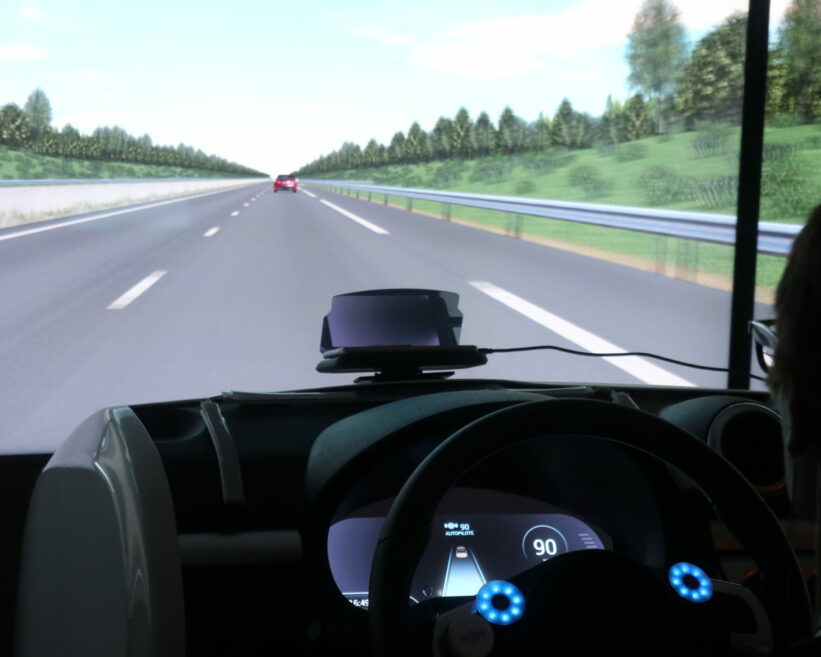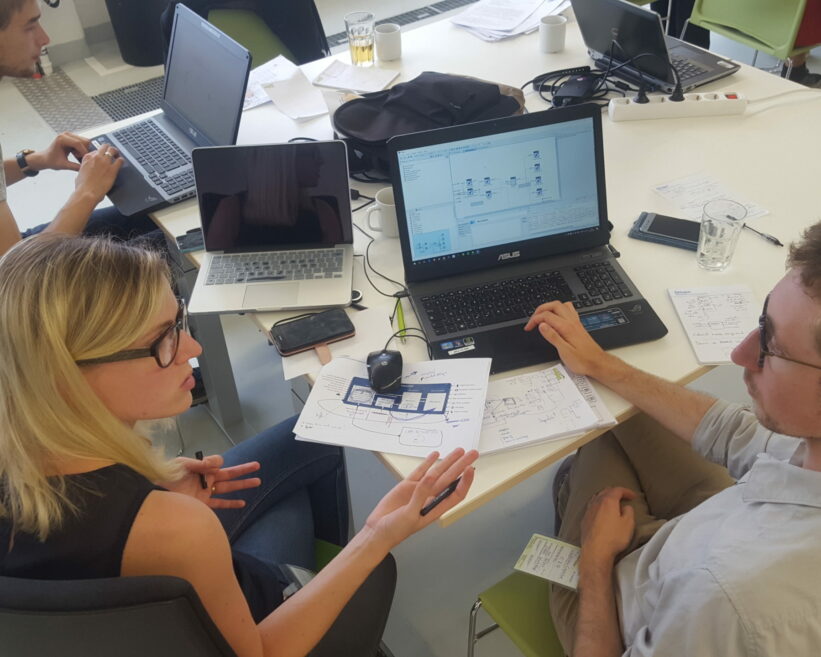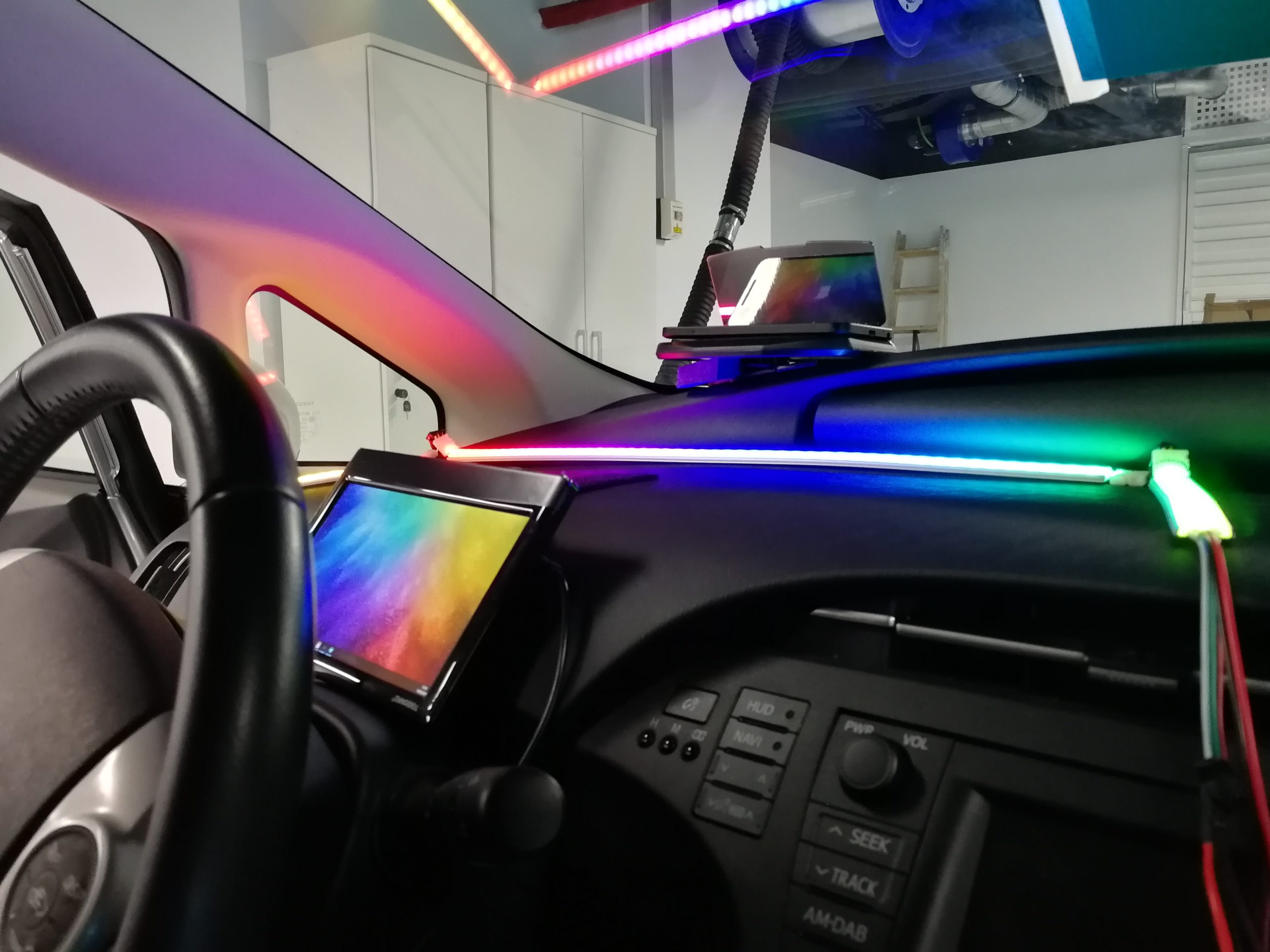

What will be the Driver Experience for the autonomous vehicle of the future?
Our approach
Identifying relevant user scenarios
The first step consisted in defining the most relevant use cases. We first explored accidentology, scientific literature, and manufacturers’ existing resources. We also interviewed drivers to gather some insights.
Cross-referencing technical vision (available technology) and user vision enabled us to list the situations in which an interaction between the driver and the vehicle is relevant. On that basis, we co-constructed storyboards during a workshop. This format made it possible to convey the technical specifications, and the expected interactions between the vehicle and the driver. We took particular interest in transitional phases between autonomous and manual mode.

Drivers have been interviewed using a questionnaire on their relation to automation and their feedback on using any type of driver assistance system. To go even further, urban interviews are conducted to target more specific profiles, such as Tesla drivers, who are used to interacting with a high level of driving automation.
From an HMI point of view, the project aims at making the most of multimodality. For each situation, the cognitive impact of each modality is systematically and thoroughly analyzed. The objective is to maximize efficiency and minimize disruption risk.


Interaction and multimodal interface design for the self-driven vehicle
Once the high added-value situations have been identified, it is time to start iterative design.
First, we described the different types of drivers’ user journeys. Then, we have identified the design opportunities at each step of the driver experience (before, during and after a journey). We investigated existing solutions available on the market and we have taken good practices from literature.
The transformation of opportunities into driver-vehicle interaction concept leads helps us determine whether the retained modalities can add value to the driver experience. If it is the case, the lead is explored further and adapted according to the medium: sound, display, vocal alert, LED ignition pattern, etc.
Different prototypes have been integrated in a driving station set up on a table, for testing. Twelve drivers participated to testing sessions, meant to identify the main usability problems, and improvement leads.


Evaluation on driving simulator, and integration in an actual vehicle for concept demonstration
Last but not least: pool the different technical components and validate the concepts in a unified way.
First, the consolidated prototypes have been integrated in the driving simulator in order to conduct user tests in a controlled context. Over 30 drivers were involved in the process. Each participant experimented driving phases with assistance systems and assessed acceptability, usability, and driver experience.
Then, two Toyota Prius and one Volkswagen Passat have been equipped in order to demonstrate the concept under real-life conditions. All the project outcomes were presented at the Intelligent Transport Systems (ITS) European Congress held in Helmond (NL) in May 2019.


